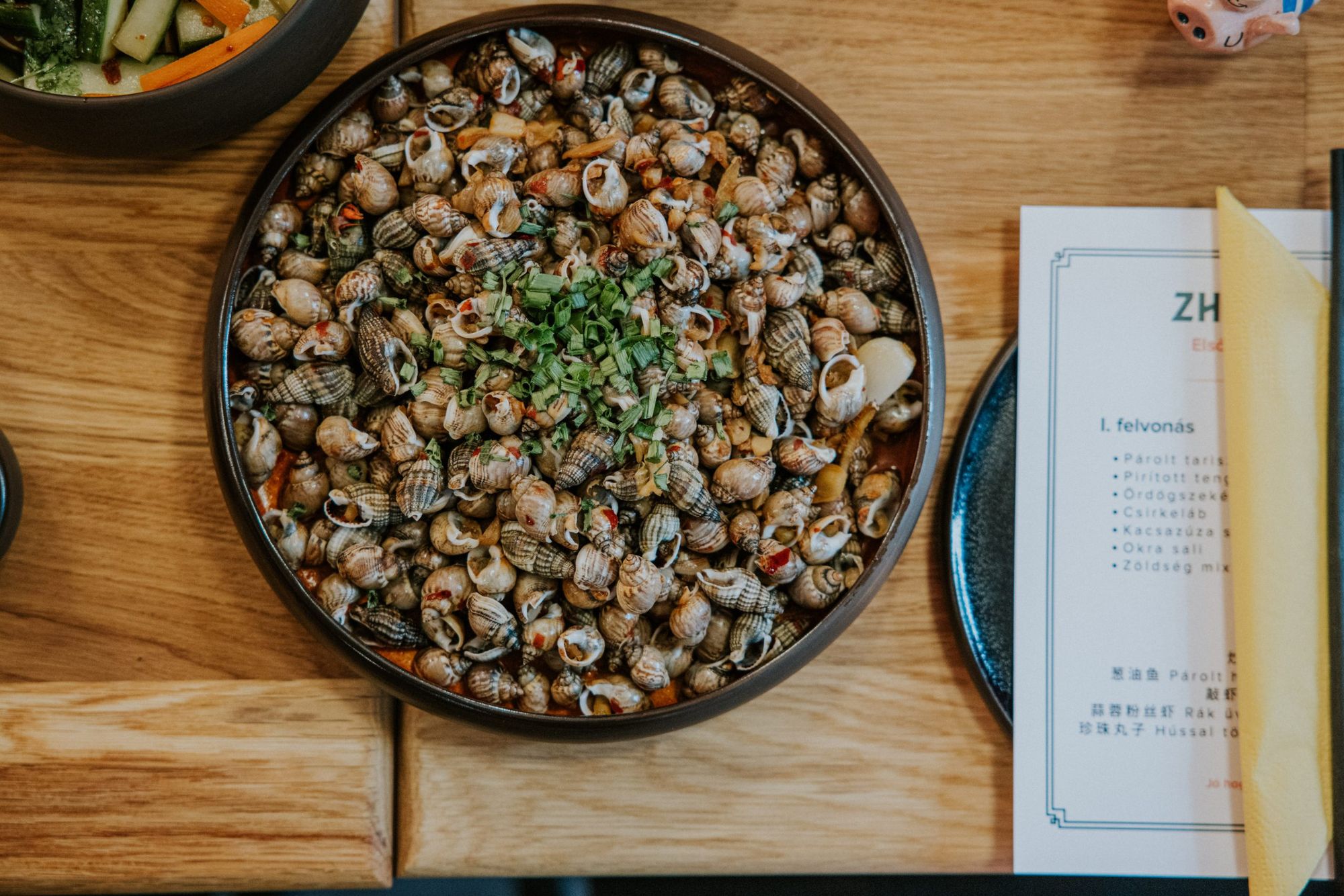Food connects us. Perhaps this is one of my strongest experiences since I started working on the subject. Sure, it’s good to experiment, to try new things, but it’s still different to sit down at a common table with your loved ones or your family. Everything just tastes better.
The habit of eating together is perhaps present in all cultures of the world. Whether it’s a religious or family holiday, or just an individual tradition, we have a lot of customs related to eating together. Although it sometimes seemed mandatory to me as a child and a little too much, as I am growing up, I have started to appreciate these moments more and more. When I wrote my article about ZHU & Co., Masha and Ji mentioned that if the opportunities allowed, they would also like to organize lunches where they could showcase the dishes that were on the family’s plates during an ordinary day and holidays. The home in Wenzhou, the tastes of childhood that have not been forgotten from the perspective of many, many years. This is because the parents, as I mentioned in my earlier article, came to the country in the ’90s and were engaged in tofu making for a long time. Their son, Ji, and his Russian partner, Masha, opened the city’s favorite dumpling place with them last year, but it’s time for the next chapter. Ji’s mother, Jin Mangmang, is a real treasured cook who found a diligent partner in her husband, Ji Shoushun.
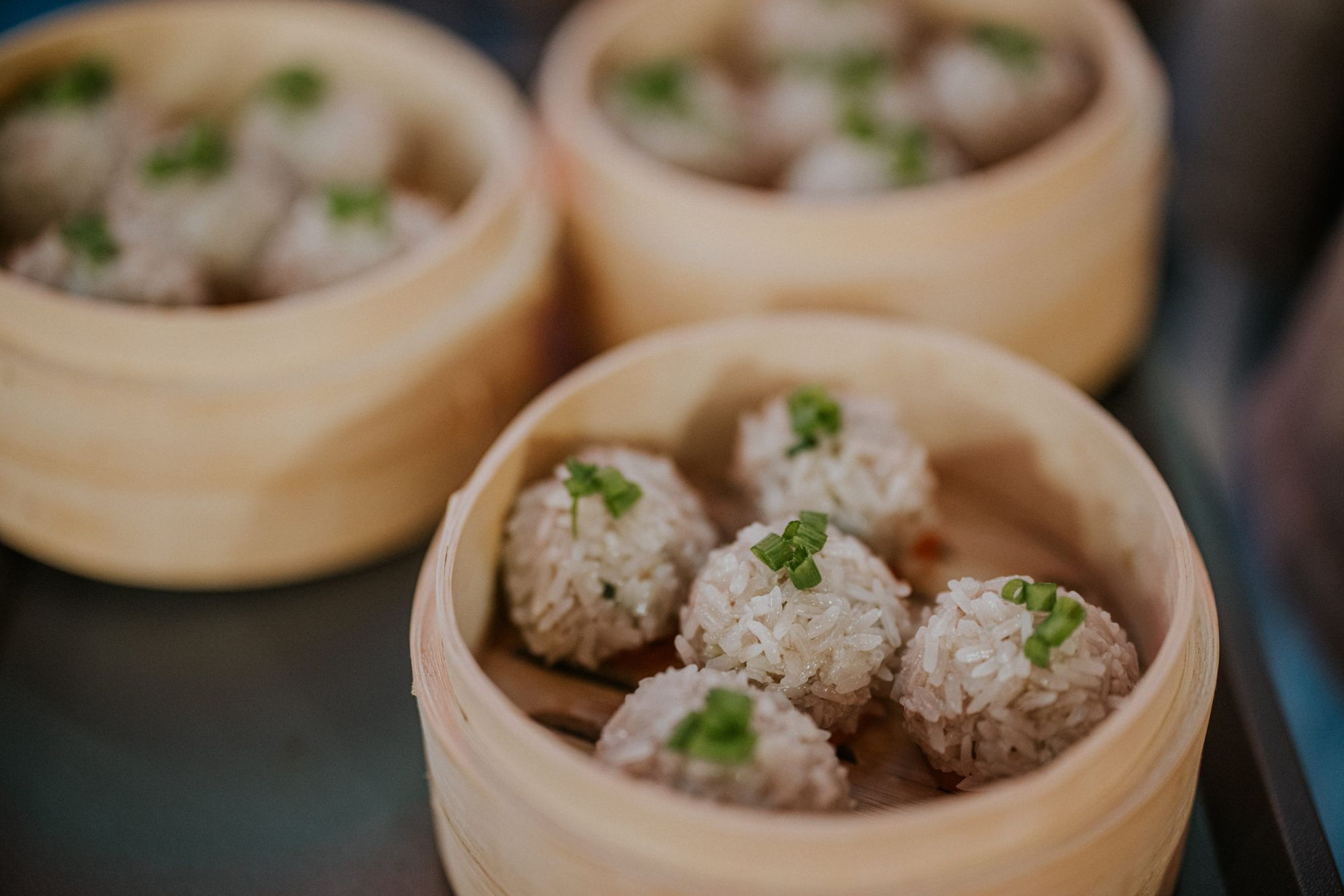
There are traditionally 8 cuisines in China, although there are a lot of overlaps between them. Much depends on the climate as well, but it is interesting that the different trends alternate in the areas around the coast most frequently, while in the western parts, Tibetan and Uyghur gastronomy is more dominant. Anhui cuisine is characterized by salty-sweet combinations and stews, one-course meals of soups, in the more well-known Cantonese region, the use of offal and dark sauces is more common, garlic is essential, with plenty of dim sum dishes. The Sichuan one has conquered the whole world with their toasted and steamed food in the wok, they certainly don’t leave out spice, and there’s less seafood. The cuisine of Fujian is lighter, there are more fish, mussels and mushrooms are preferred, and at the Shandongians, dishes fried in oil are more popular. The traditions of Zhejiang feature meat, roasted with light vegetables, the Hunan cuisine only prepares terrestrial animals with chili and garlic, and finally, the Jiangsu recipes contain butter-soft meats and many rice dishes. Wenzhou belongs to the Zhejiang part with plenty of fish and seafood dishes, relatively mild, mostly garlic and only slightly spicy seasoning, dense, sticky sauces and very exciting textures. They mainly use kohlrabi, celery stalks, carrots, Chinese kale and onions as vegetables, and plenty of mushrooms.

According to Chinese tradition, there is no business without eating together. A lot of things are born over a bowl of steaming food, and indeed—the most important thing is that we eat together. Cold and then hot dishes are served at the same time, so that everyone can have what they like and as much as they like, while chatting with each other. In fact, we are spoilt for choice and one such event can last for hours. This time, it was a kind of test version of the real lunch series, so Ji’s family made everything they would offer later. In the first act, the plate was filled with steamed, butter-soft crab, and removing the shell we could squeeze the crispy meat out from the base of the legs, dipping it in garlic soy sauce. We also got a small toasted sea snail—from this, we pulled out the pleasantly spicy, slightly chewy bite with a strong movement, using a toothpick.
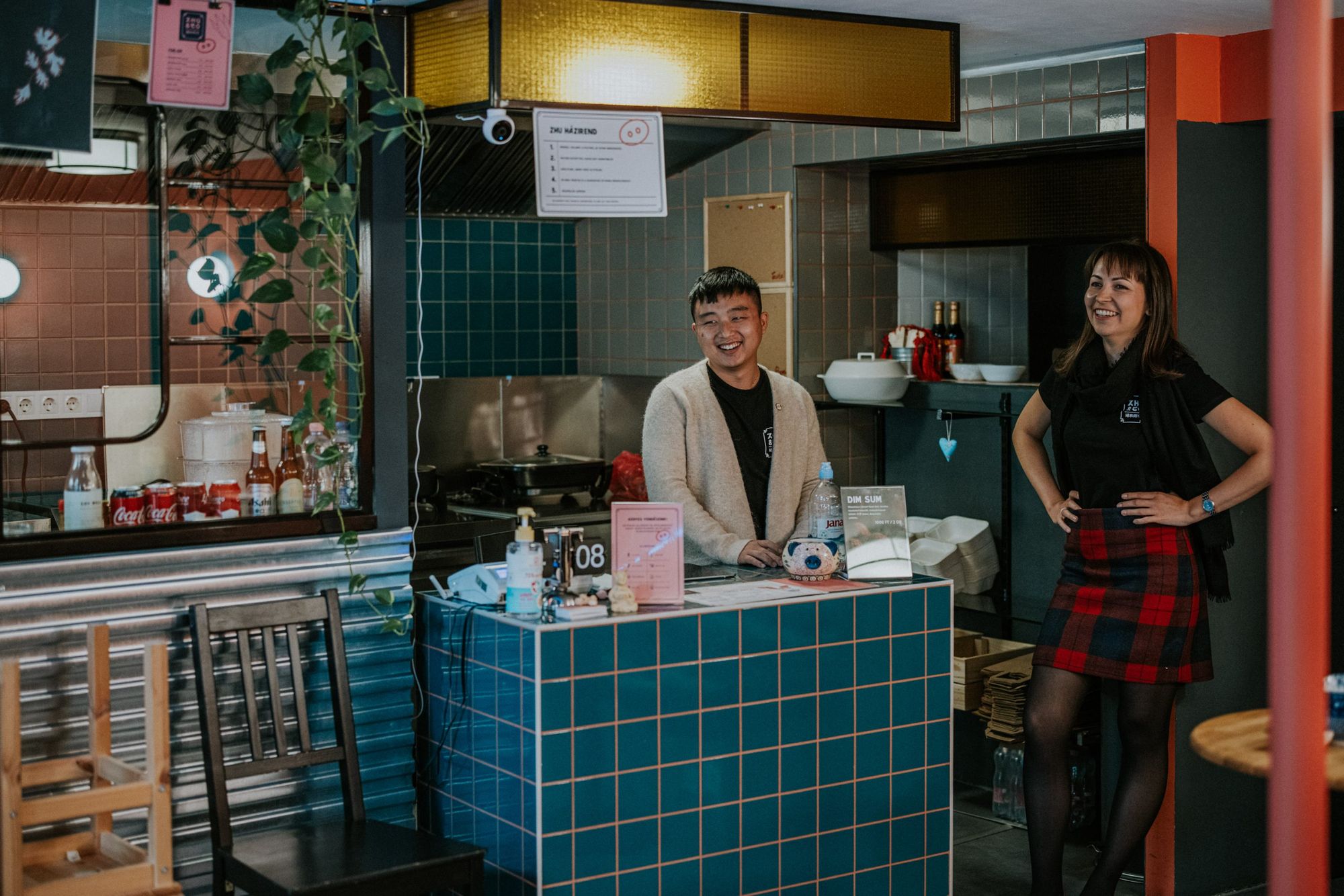

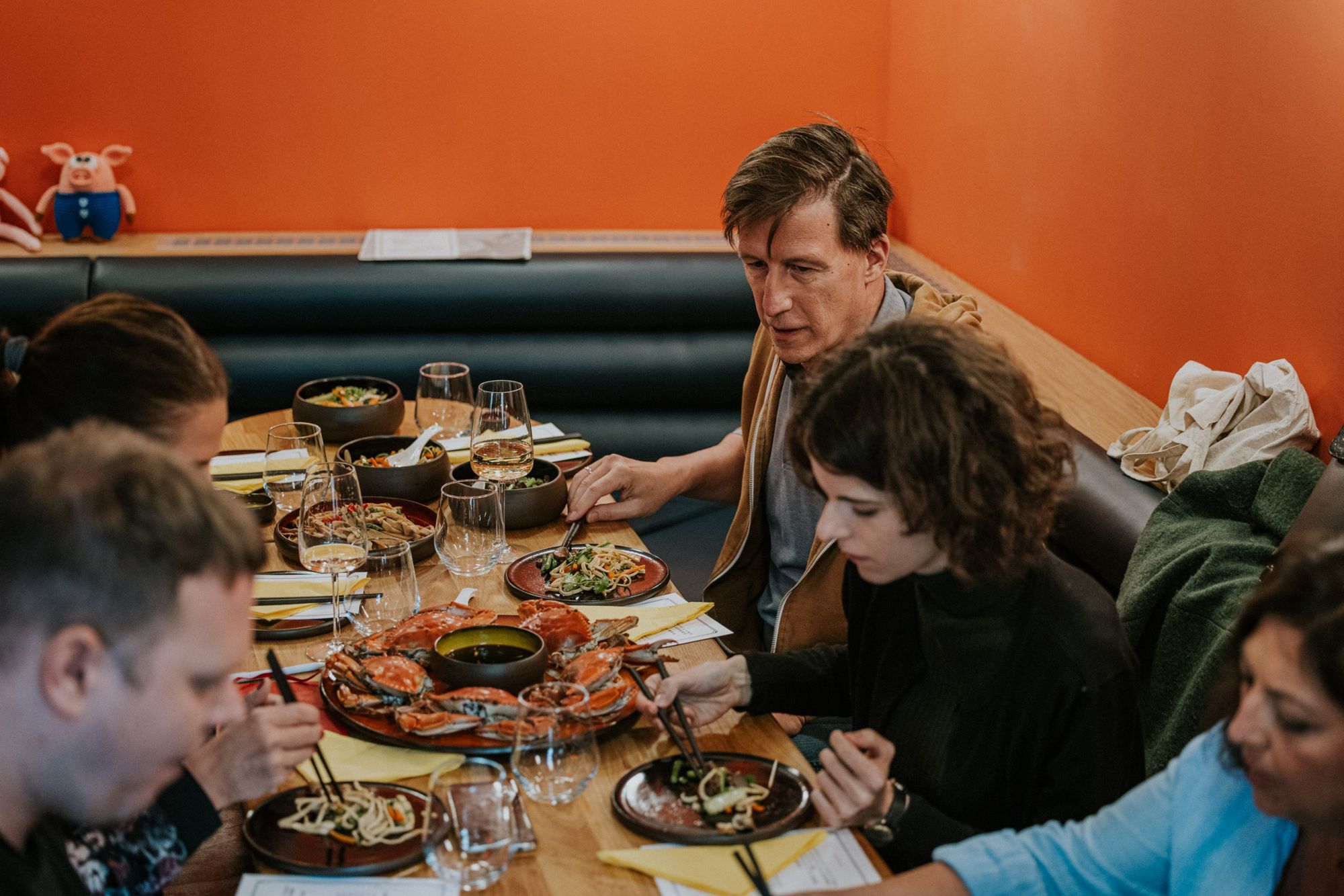
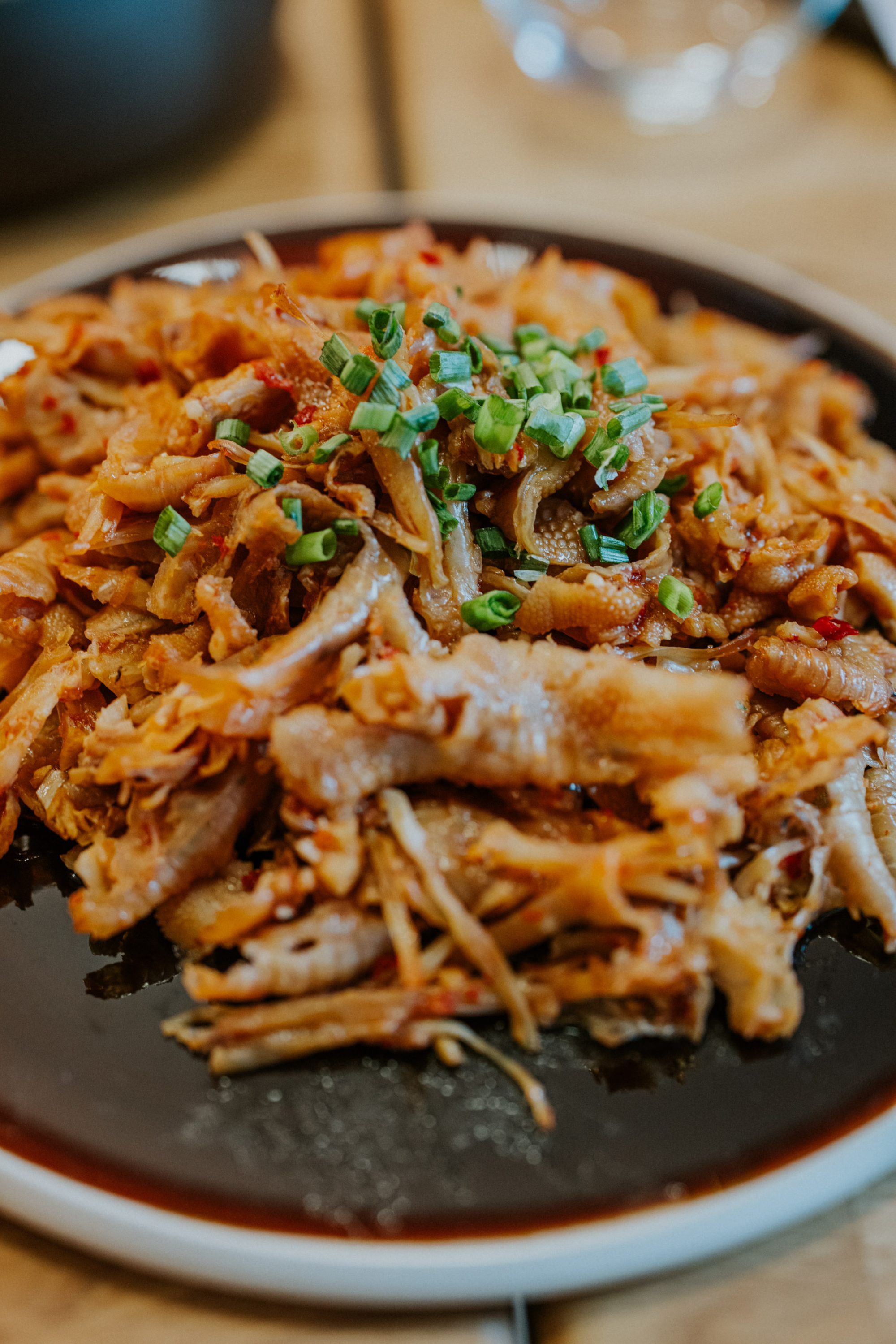
It is typical of several Chinese cuisines to use the whole animal, along with offal: the onion duck gizzard salad and the boned, roasted chicken legs were like a spicy, exciting snack. Listed this way, everything may sound strange, but it was actually nothing wilder than the roasted liver or the crispy skin of fried chicken. Of course, if someone preferred the meat-free option, they didn’t end up hungry either—the use of various mushrooms was surprisingly common for me, the king oyster mushroom, the regular oyster mushroom and the sticky vegetable mix coated with starch sauce were also part of the menu. Perhaps the two most special dishes in this round were the tofu skin offered with a crunchy salad, as well as the okra salad: in the former, the hot drink is skimmed when making homemade soy milk, and then it is boiled and pressed. The result is a dough-like, resilient material that is really delicious and can be made in many ways. I have encountered okra in Indian food and it is grown mainly in Africa but is also used in China. Much can be made from pods similar to young peppers, such as lecsó-like stew or toasted garnish. Its special feature is that it becomes slimy during cooking, so it can also be used for concentrating, and, the cut version is star-shaped, making it popular in various lunch boxes. It tasted like baby zucchini, I really liked it.

Although we were already starting to be full, the best part came only after that, because the hot meal was lined up. New Year’s soup, that is nian gao, is a festive dish with small round pastes with vegetables made from sticky rice flour soaked for two days and then cooked. The flattened crab soup is almost funny, as the shrimps are tenderized and cooked together with Chinese kale, which then floats like small clouds in the neutral broth. If we are talking about East China, we must try dim sum, and if we try dim sum, then we eat the dumplings—we could not miss the pearl balls made of rice filled with meat. As I have mentioned, the ocean provides a lot of ingredients: the steamed sea bass is very, very soft, and the crab resting on the spicy cellophane noodles with the roasted ginger-garlic mixture even made the thought of a cold disappear. The flavors were easy to understand with Hungarian taste perception, what is significantly different from our cuisine though, is the texture of the food. They feature a much wider range than the Hungarians—the vegetables are crunchy, the meat is almost as soft as butter, each bite shows something different. This is why sauces and stews are important, which coat the ingredients as a kind of guise. There’s something to bite, there’s something to chew on and there’s something to eat by hand—it was very liberating to immerse myself boldly, without shame, in the enjoyment of bites.

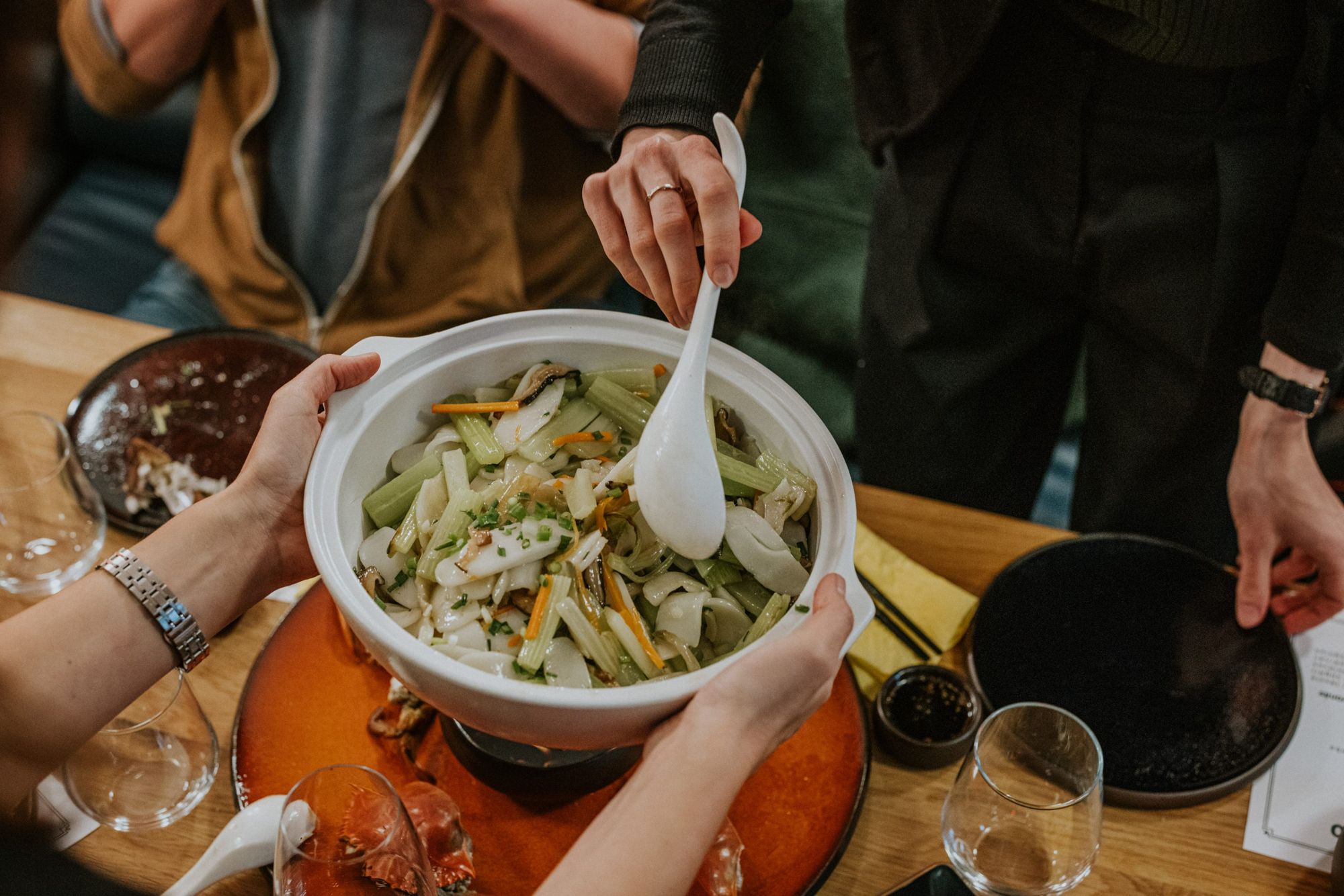
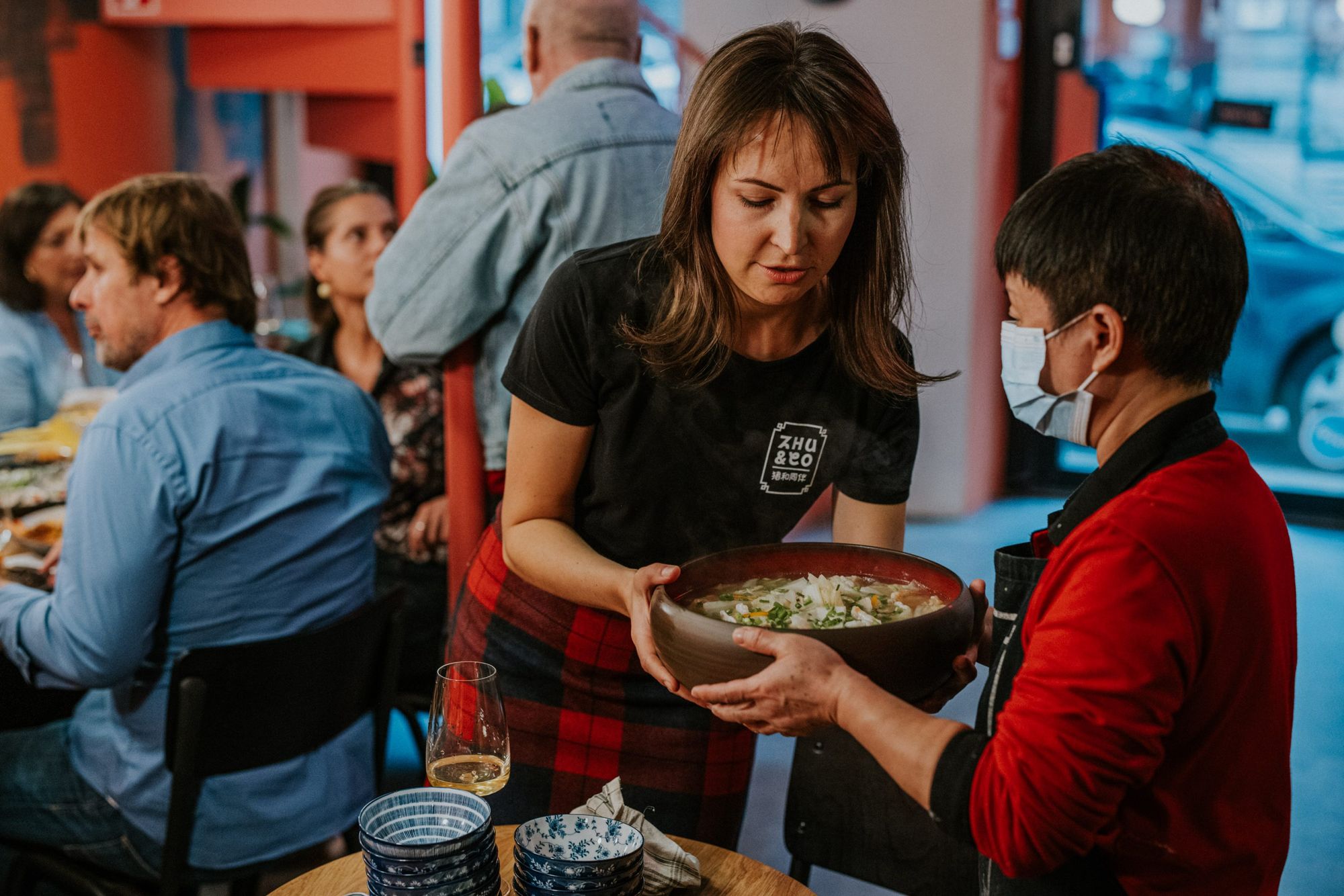

It’s hard to describe in one article all the joy and honor I was given by being invited to the event. The honest hospitality, the quiet and tireless work of the parents behind the kitchen counter was really moving, and Ji’s and Masha’s comments created a great context, not to mention the great table company. Lunches are expected to be public and bookable on Sundays from November, so if you want to know what it would be like to have a Chinese mom, follow them with open eyes on their social media channels—you can have an experience you won’t easily forget.
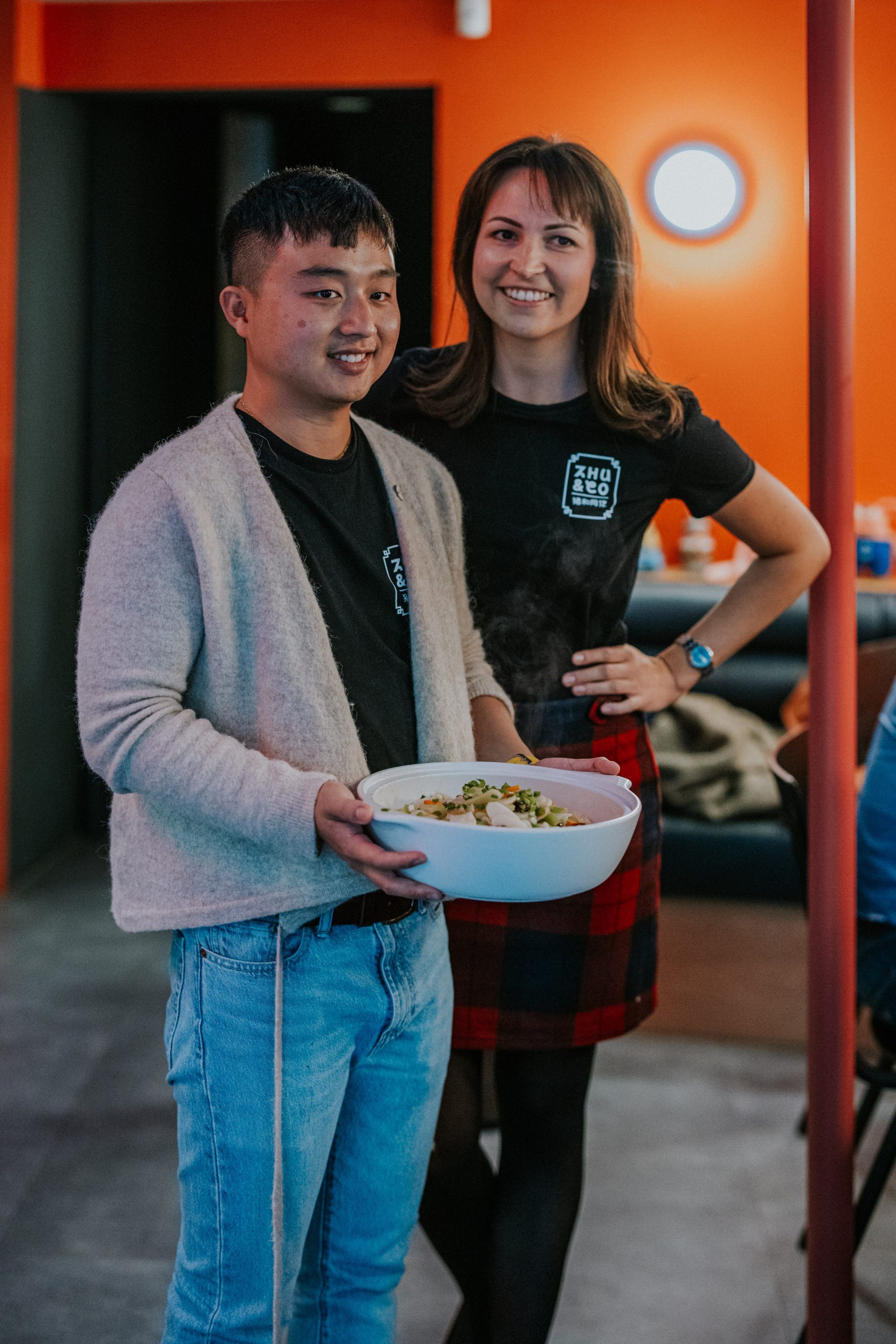
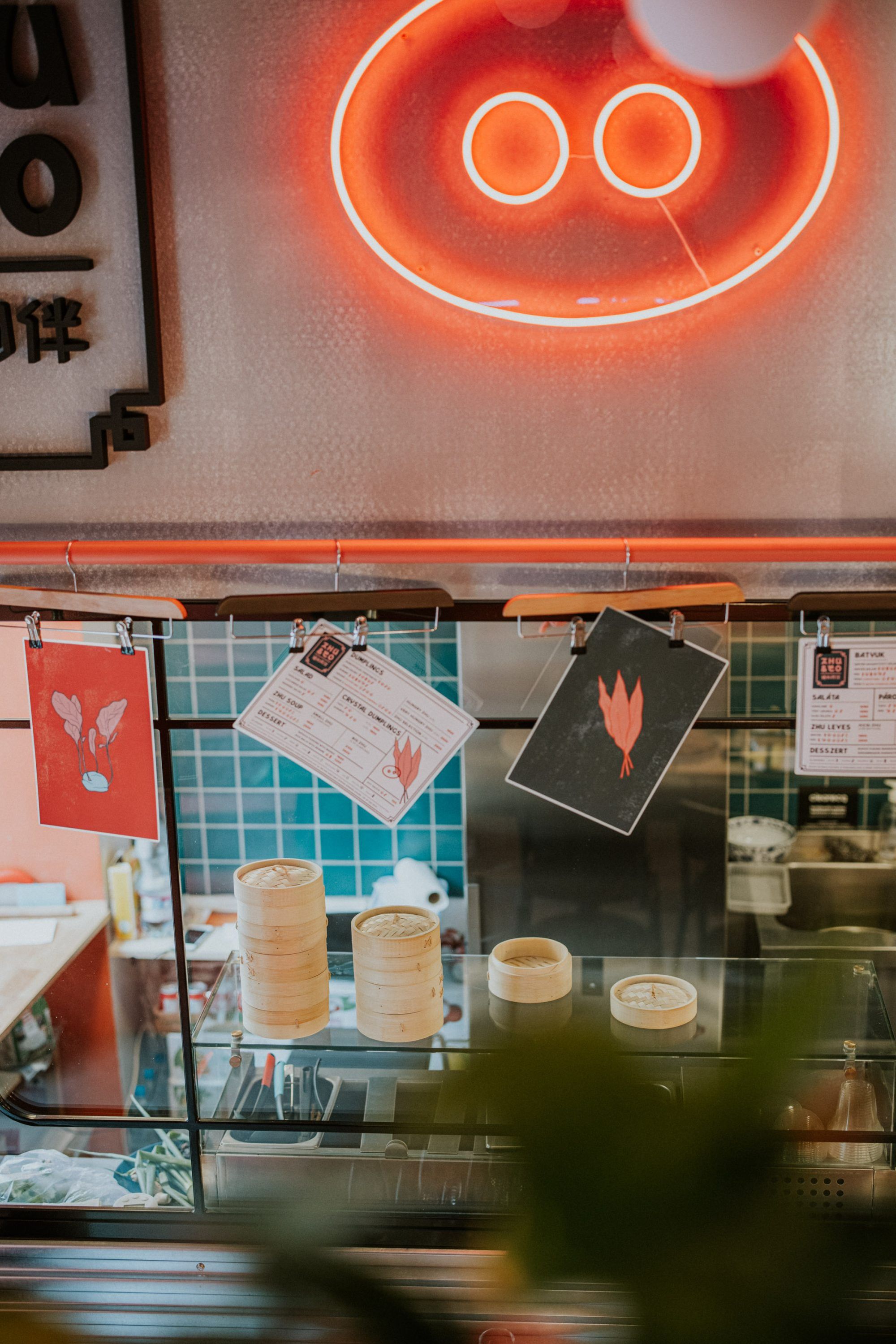
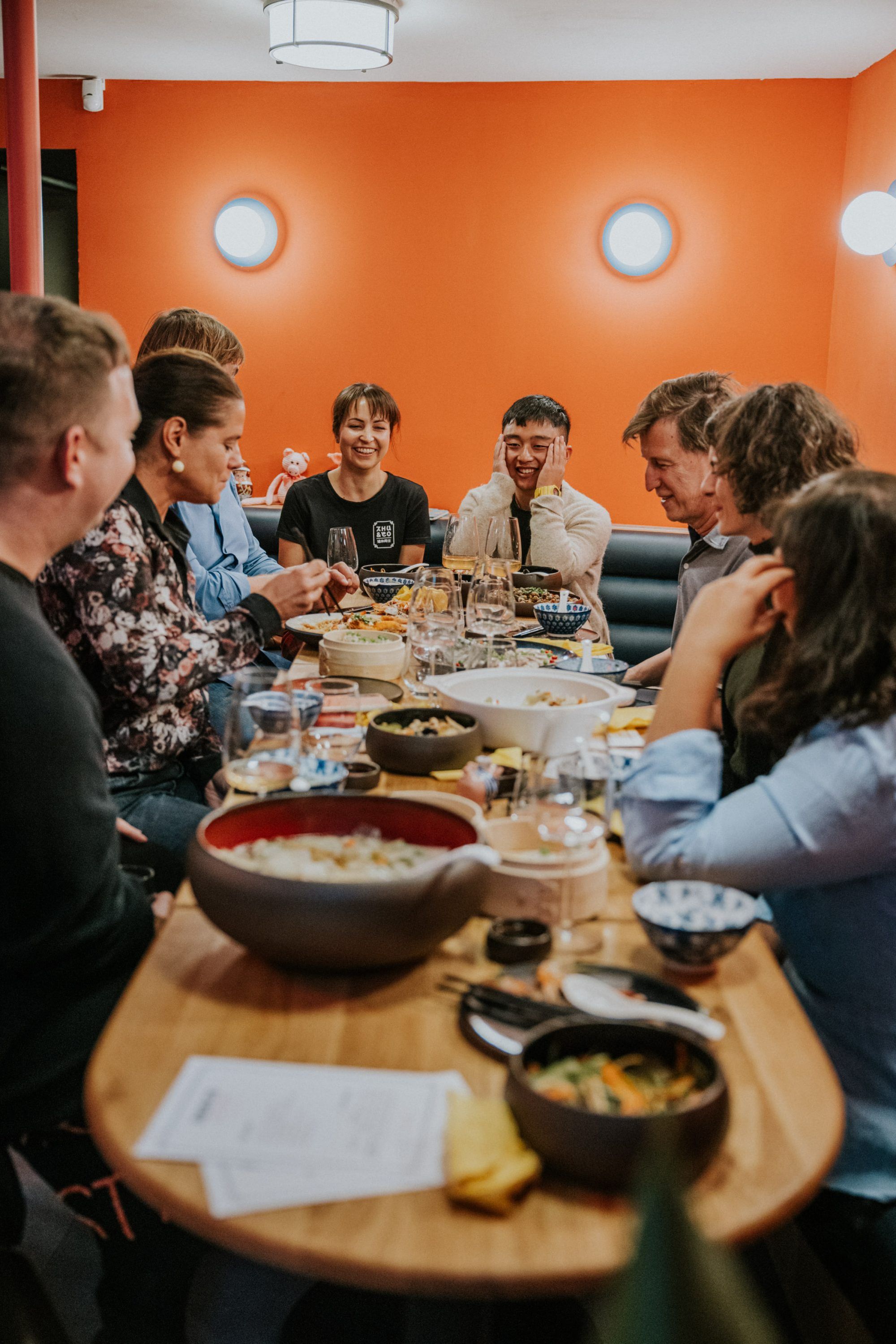
ZHU & Co. | Facebook | Instagram
Photos: Márk Somay

Preserving history: progressive monastery renovation in Corsica
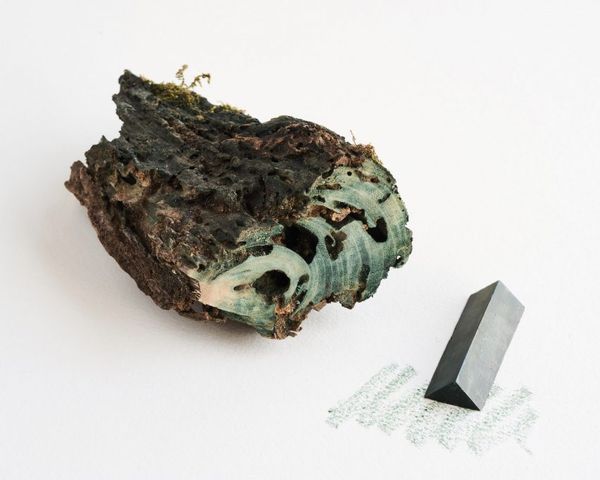
Crayons reveal the color spectrum of Japanese trees










